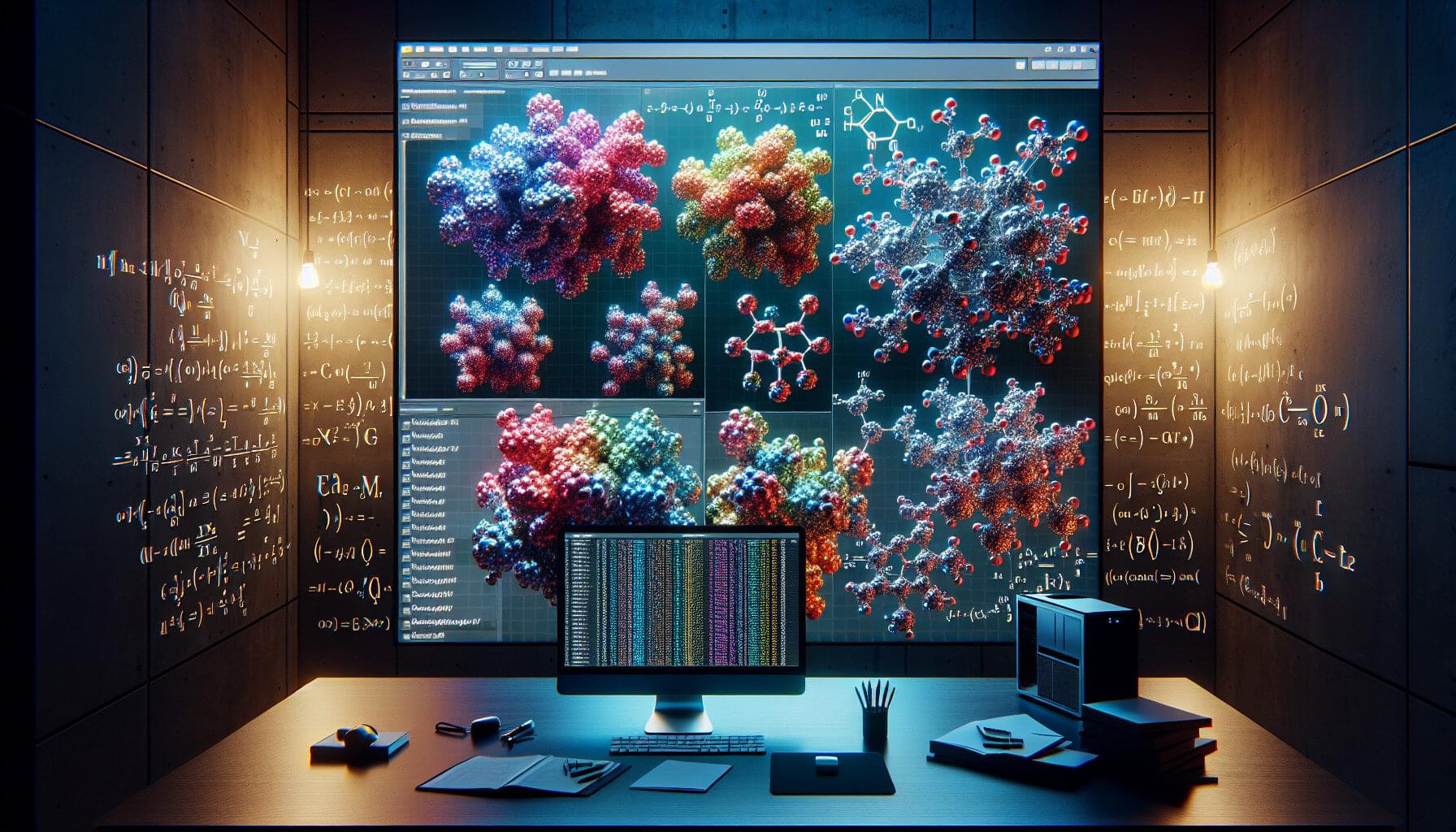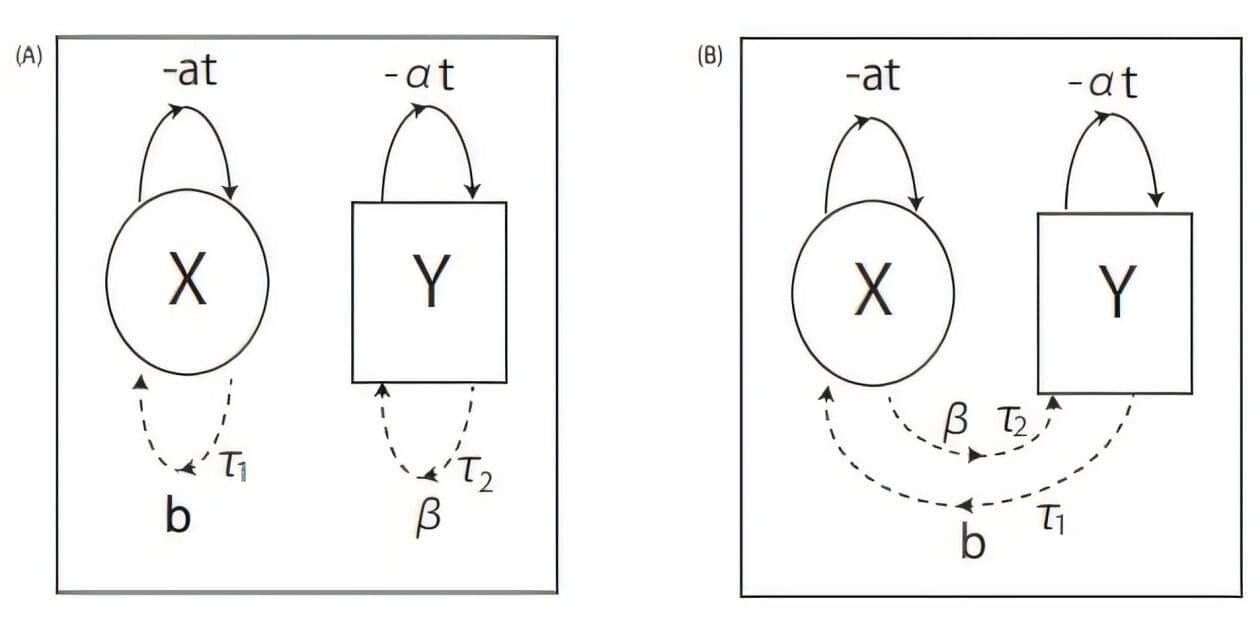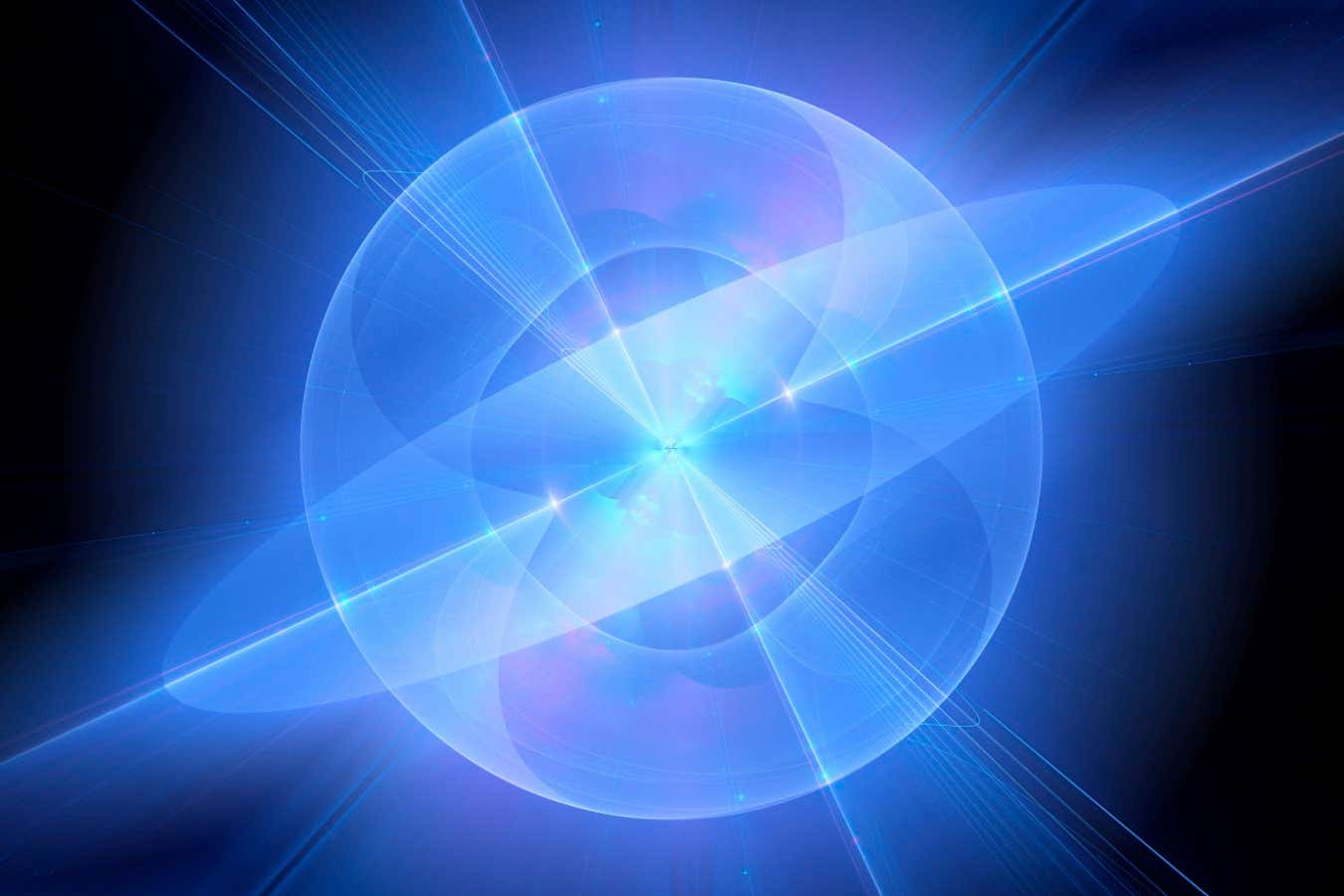I was just thinking about the 1871 book Through the Looking-Glass, and What Alice Found There by mathematician, logician, Anglican deacon, writer, and photographer, the Reverend Charles Lutwidge Dodgson (a.k.a. Lewis Carroll).
Lewis Carroll’s Alice’s Adventures in Wonderland and Through the Looking-Glass continue to influence us today, not just as beloved children’s stories but as enduring works that challenge the boundaries of logic, language, and imagination.
At their heart, both books are filled with logical conundrums, puzzling paradoxes, and playful reasoning, reflecting Charles’ background in math and logic. He employed nonsensical situations and absurd dialogues to explore profound ideas about meaning, identity, time, and even mathematics, all disguised within fantastical storytelling.








